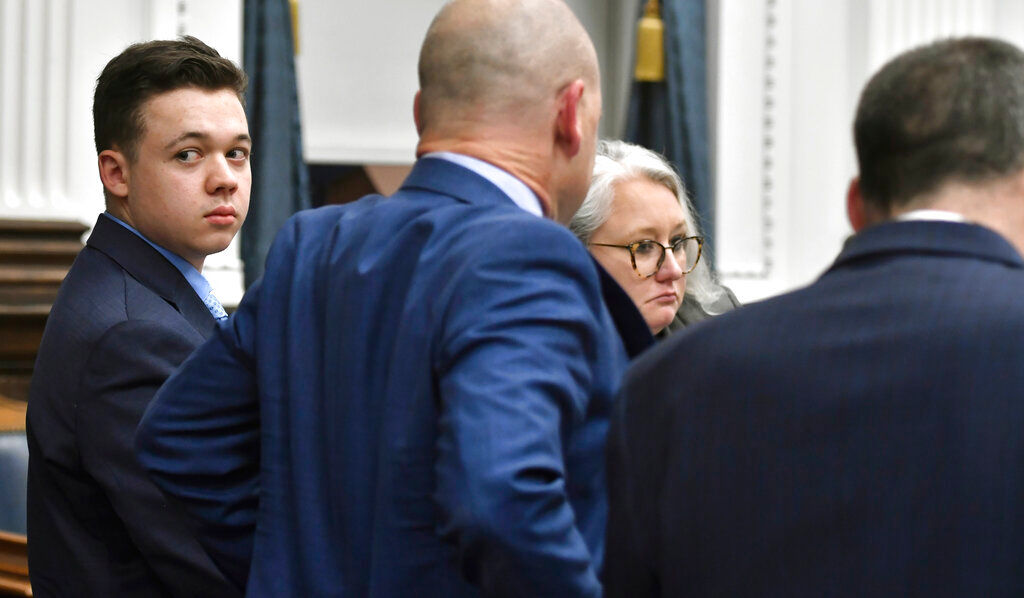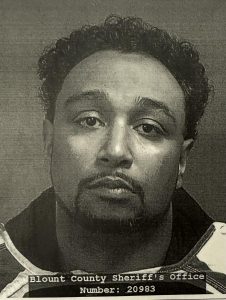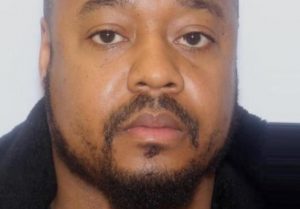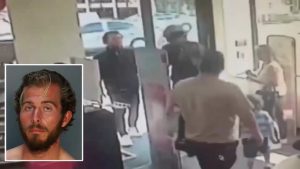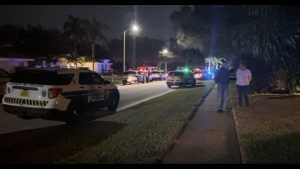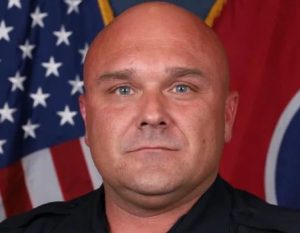The judge at Kyle Rittenhouse’s murder trial said Wednesday that he would “think long and hard” about allowing televised trials in the future, criticizing media coverage of some of his decisions after calling prosecutors and defense attorneys into court to discuss a jury request to view video presented earlier in the trial.
Jurors weighing charges against Rittenhouse returned for a second day of deliberations after failing to reach a swift verdict on whether he was the instigator of a night of bloodshed in Kenosha or a concerned citizen who came under attack while trying to protect property.
Also read: What to expect from Paul Gosar’s censure vote
About two hours into deliberations Wednesday, jurors asked to view video shown earlier in the trial and Judge Bruce Schroeder said he would determine the procedures to allow that, though it would be in the courtroom without members of the public or press present.
Prosecutor Thomas Binger said they should be able to view any video they wanted as many times as they wanted, and the judge seemed to agree. “Sometimes there is one piece of evidence that is absolutely critical. … To me, if they want to watch it 100 times, that’s them,” Schroeder said.
Also read: Two men convicted of killing Malcolm X to be exonerated: Report
Defense attorney Mark Richards said he would object to the jury viewing video taken by a drone that prosecutors said showed Rittenhouse pointing his gun at protesters before the shootings. The image prompted heated dispute earlier in the trial over technical questions about whether enlarging images notably changes them.
But before that, Schroeder took exception to news stories about his decisions to not allow the men Rittenhouse shot to be called victims and to allow Rittenhouse to play a minor role in determining which jurors were alternates, and the fact that he had not yet ruled on a defense motion for a mistrial.
Schroeder said he hasn’t read the motion to dismiss because he just received it on Tuesday.
“It’s just a shame that irresponsible statements are being made,” Schroeder said of comments in a Milwaukee Journal Sentinel story from law school professors about him not ruling on the mistrial motion.
The case went to the anonymous jury after Schroeder allowed Rittenhouse to reach into a raffle drum and draw numbered slips that determined which of the 18 jurors who sat through the case would deliberate and which ones would be dismissed as alternates.
Also read: CDC estimates over 100,000 drug overdose deaths in US in 12 months
That task is usually performed by a court clerk, not the defendant. Schroeder has said he has been having defendants do it for at least 20 years.
“I would admit that there are not a large number of courts that do that, maybe not any,” Schroeder said Wednesday.
The jury of 12 deliberated for a full day Tuesday without reaching a decision.
Rittenhouse, 18, faces life in prison if convicted on the most serious charge for using an AR-style semi-automatic rifle to kill two men and wound a third during a night of protests against racial injustice in Kenosha in the summer of 2020. The former police youth cadet is white, as were those he shot.
Rittenhouse testified he acted in self-defense, while prosecutors argued he provoked the violence. The case has become a flashpoint in the U.S. debate over guns, racial-justice protests, vigilantism and law and order.
The jury appeared to be overwhelmingly white. Prospective jurors were not asked to identify their race during the selection process, and the court did not provide a racial breakdown.
Though protests have been generally muted around the courthouse during the trial, on Wednesday a man arrived carrying a long rifle and wearing what appeared to be body armor. After being approached by police, he left and returned a short time later without the gun. The man had spent Tuesday shouting anti-Black Lives Matter statements through a megaphone and was involved in a confrontation that day with another protester.
Wisconsin Gov. Tony Evers, who faced criticism over his response to the Kenosha protests in 2020, urged calm as the jury deliberated. He announced last week that 500 members of the National Guard would stand ready for duty in Kenosha if needed.
Rittenhouse was 17 when he went to Kenosha from his home in Antioch, Illinois, in what he said was an effort to protect property from rioters in the days after a Black man, Jacob Blake, was shot by a white Kenosha police officer.
In a fast-moving series of clashes in the streets, Rittenhouse shot and killed Joseph Rosenbaum, 36, and Anthony Huber, 26, and wounded Gaige Grosskreutz, now 28.
During closing arguments Monday, prosecutor Thomas Binger said that Rittenhouse was a “wannabe soldier” who set the deadly chain of events in motion by bringing a rifle to a protest and pointing it at protesters just before he was chased.
But Rittenhouse lawyer Mark Richards countered that Rittenhouse was ambushed by a “crazy person” — Rosenbaum.
Rittenhouse testified that Rosenbaum chased him down and made a grab for his rifle, causing him to fear the weapon was going to be used against him. His account of Rosenbaum’s behavior was largely corroborated by video and some of the prosecution’s own witnesses.
As for Huber, he was gunned down after he was seen on video hitting Rittenhouse with a skateboard. And Grosskreutz admitted he had his own gun pointed at Rittenhouse when he was shot.
In his instructions to the jury, Schroeder said that to accept Rittenhouse’s claim of self-defense, the jurors must find that he believed there was an unlawful threat to him and that the amount of force he used was reasonable and necessary.

